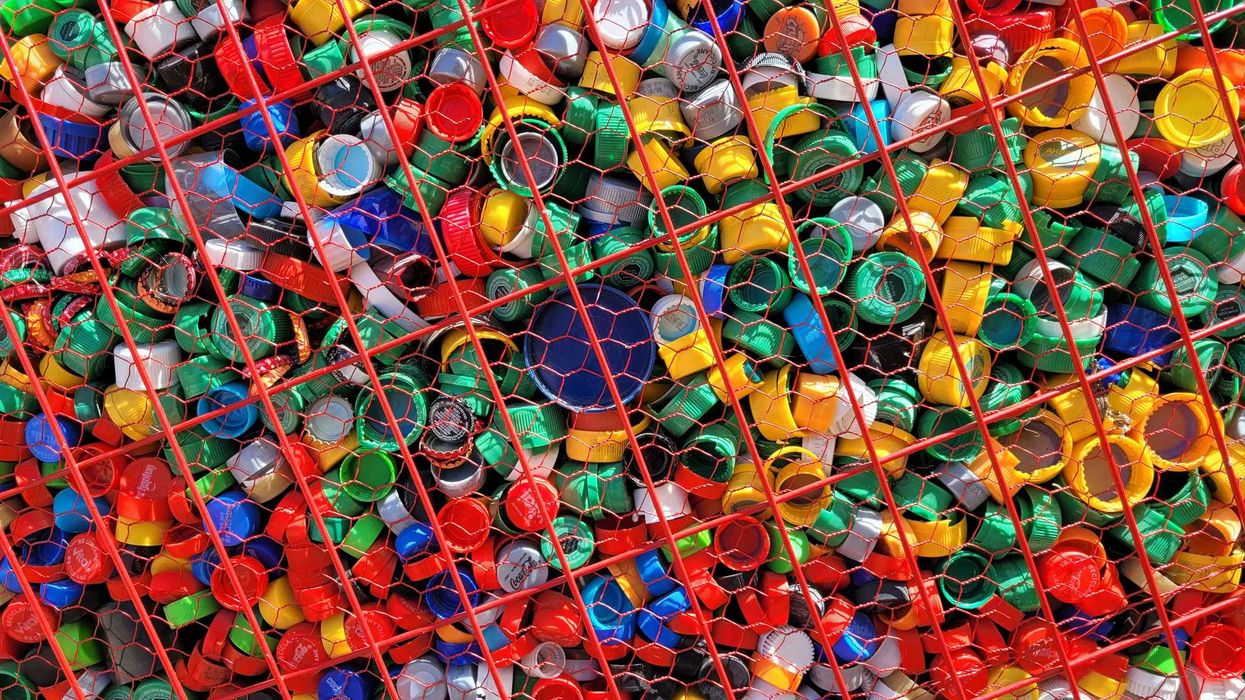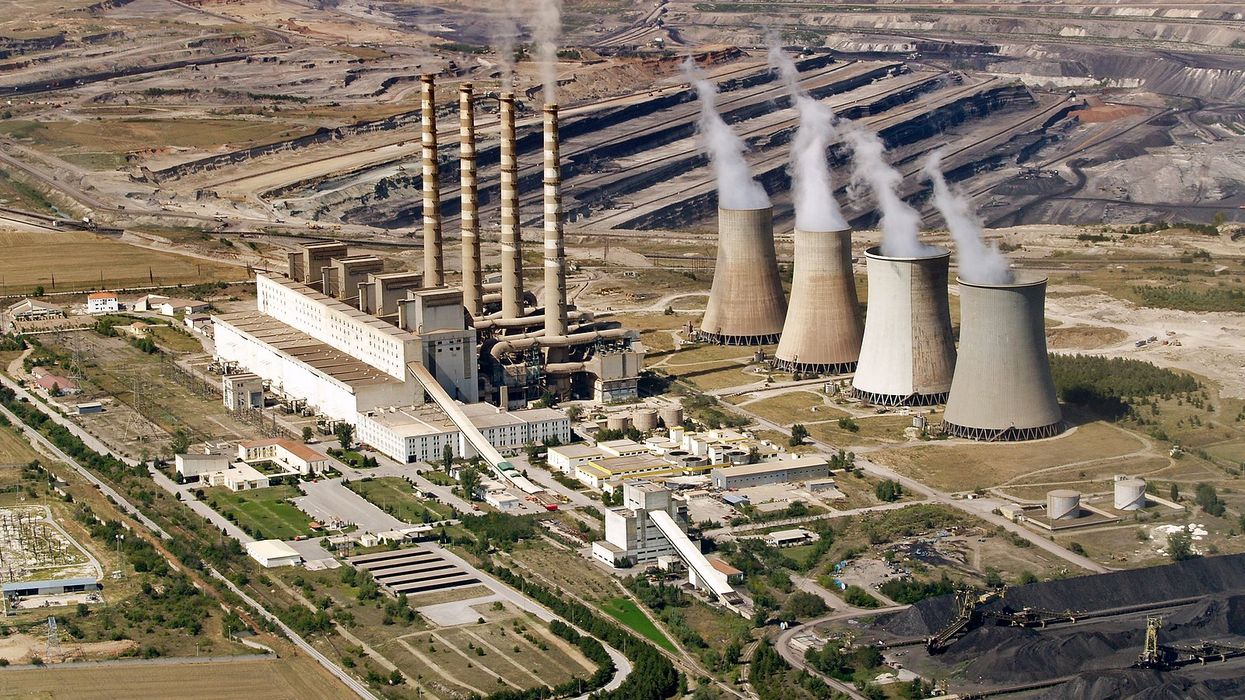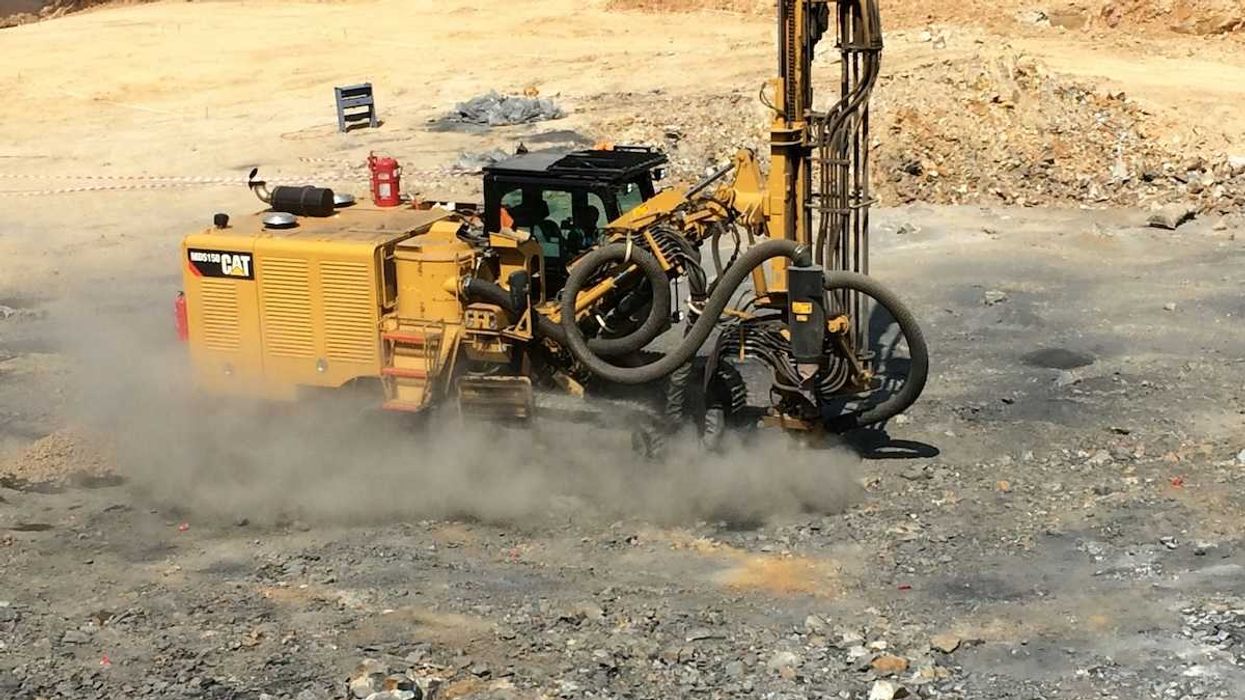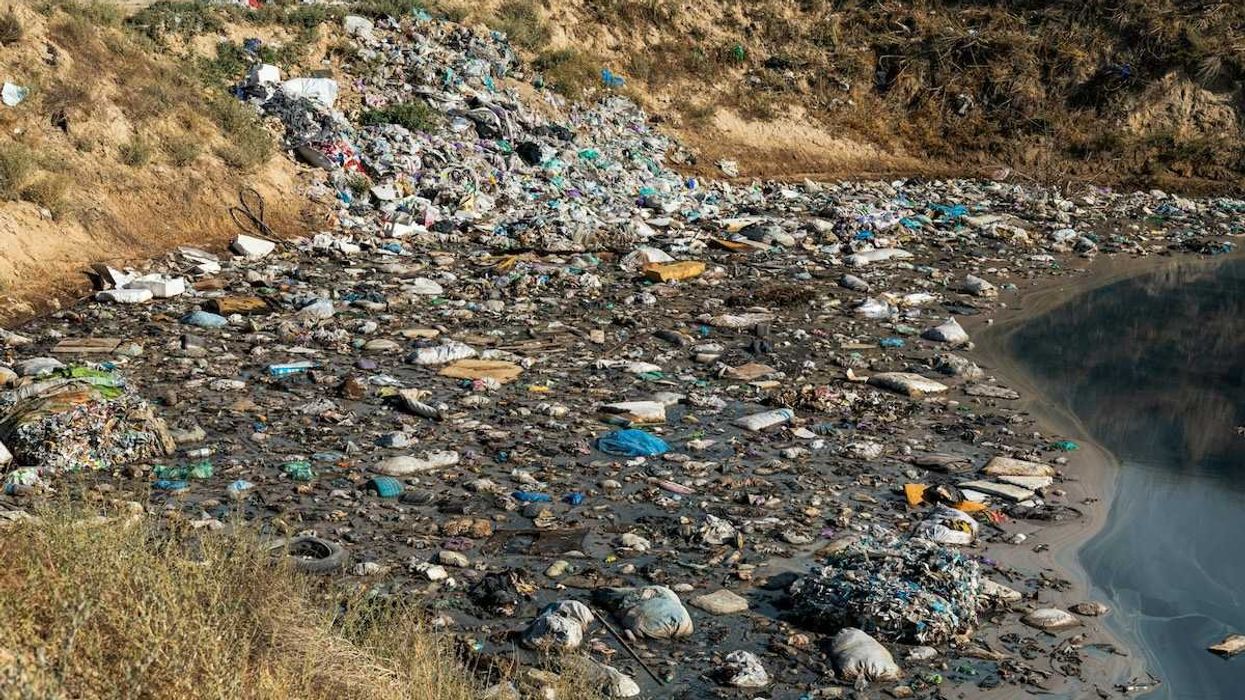Thousands of firefighters, including nearly 300 from New Jersey, are suing companies that manufactured firefighting foam and gear, alleging that exposure to toxic chemicals in these products caused their cancer diagnoses.
Megan Burrow reports for NorthJersey.com.
In short:
- Retired Port Authority police officer Charles O’Neill connected his prostate cancer to firefighting foam exposure during his career. He is one of nearly 20,000 active-duty and retired firefighters across the U.S. suing more than a dozen companies that manufactured chemicals in firefighting foam and gear, arguing their products are linked to their health issues.
- Compared to the general population, firefighters have elevated levels of PFAS, harmful chemicals linked to cancer, from prolonged exposure through firefighting gear and foam.
- Lawsuits against PFAS manufacturers focus on their products’ role in health issues, with new legislation aiming to reduce PFAS use and support affected firefighters.
Key quote:
"We all have PFAS in our blood, but firefighters have a unique additional exposure due to their profession. They were doing their jobs and were told this would help them do their jobs better and quicker, without being told there’s this harmful chemical in it."
— Kevin McKie, attorney with the Environmental Litigation Group, the firm representing the firefighters in the suit.
Why this matters:
Firefighters face significant health risks from toxic chemicals in essential firefighting products. For firefighters, the risk is twofold. First, they encounter these chemicals directly through their protective gear. While the suits shield them from flames, they can leach PFAS into their skin. Second, the firefighting foam used to extinguish fires, especially those involving flammable liquids, is a significant source of exposure.














